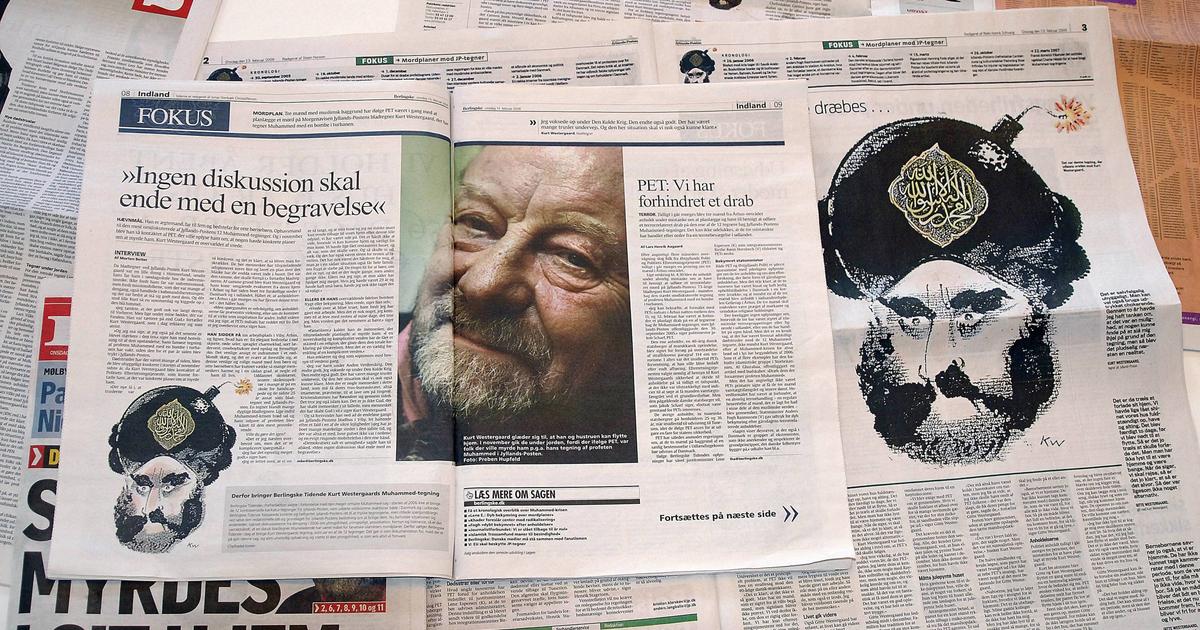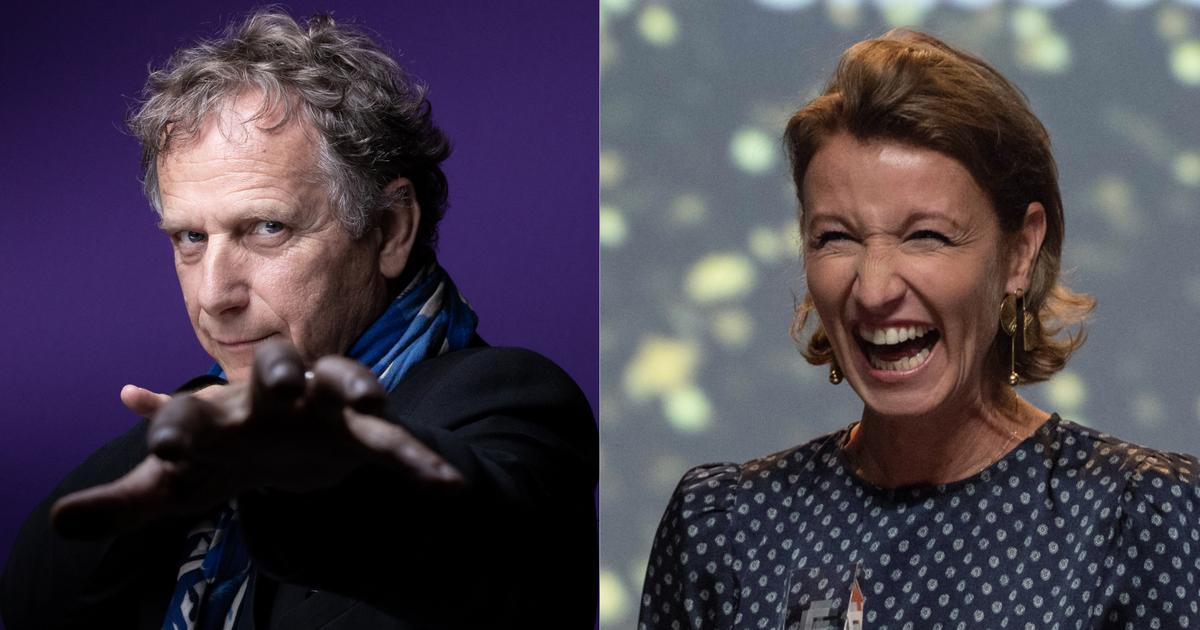Westergaard's cartoon of the Prophet Mohammed was followed by a diplomatic crisis and violent protests in 2005.
All of this had consequences for the Dane.
Copenhagen - The Prophet Mohammed, depicted with a bomb as a turban: The Danish cartoonist Kurt Westergaard has become world-famous with this controversial drawing, which has serious consequences for foreign policy.
According to Danish media reports, he has now died after a long illness at the age of 86.
Like Westergaard's cartoon from 2005, his death, which the newspaper “Berlingske” first reported on Sunday evening, citing his family, sparked international reactions.
Appreciation in international media
“Kurt Westergaard's fight for freedom of expression must not die with him,” wrote the newspaper “Jyllands-Posten”, which had published the drawings at the time.
“Berlingske” praised the fact that Westergaard had become “the embodiment of freedom of expression in Denmark” as a draftsman.
The BBC and the Guardian also went into the Dane's death, while the long-time Secretary General of the Norwegian Press Association, Per Edgar Kokkvold, told the NRK broadcaster: “He was fearless.
He refused to bow down. “Westergaard has become a symbol for those who fought for freedom of expression.
Kurt Westergaard and several other caricaturists responded in 2005 to a call by “Jyllands-Posten” to make drawings of the Prophet Mohammed.
Twelve cartoons were published under the headline “Muhammad's Face” in the cultural section of the newspaper, but none met with as much outrage as Westergaard's.
The depiction showed the prophet wearing a turban in the form of a bomb with a burning fuse.
Months after publication, the drawings sparked a violent wave of protests in the Islamic world, including attacks on Danish embassies.
Dozens of people were killed in the clashes.
Cartoon dispute
The cartoon dispute, known as the “Mohammed crisis” in Denmark, triggered the largest foreign policy crisis in Westergaard's homeland since the Second World War. Several Muslim countries called on the Danish government to punish the publication, among other things because the pictorial representation of Muhammad is a taboo in large parts of the Islamic world.
In the Scandinavian country and beyond, the events also led to a bitter debate about the limits of freedom of expression and religion. And for the studied German teacher Westergaard, who had worked as a satirical draftsman and illustrator for the conservative “Jyllands-Posten” from the 1980s until he was 75, all of this had personal consequences: From then on he lived under the protection of the Danish Secret service and in secret places. In 2010, he narrowly escaped an assassination attempt when a 28-year-old man broke into his home with an ax.
The French satirical magazine "Charlie Hebdo" finally reprinted the caricatures in 2006 - supplemented with their own drawings.
Six years later, the magazine published new cartoons of Mohammed, citing freedom of speech and the press, and again this sparked angry reactions from Muslims.
Islamist terrorist attack was a “shock” for Westergaard
At the beginning of 2015 there was finally an Islamist terrorist attack on "Charlie Hebdo".
A month later, a terrorist attack was also carried out in Copenhagen - on a synagogue and an event with another Mohammed cartoonist, the Swede Lars Vilks.
“That was a shock for me, as it was for all people.
It's terrible, ”said Westergaard shortly after the attack on“ Charlie Hebdo ”in an interview with the German press agency.
In it he also went into the attack on himself.
At that time he was only doing his job, said Westergaard of his caricature.
“I worked in the Danish satirical tradition, I didn't do anything bad.” He continued: “It is very important that we do not start to buckle now with regard to freedom of expression.
The worst is when self-censorship gets a chance. "
Applause also from the right
After the news of his death, Westergaard was recognized by politicians from Denmark and abroad, including many right-wing populists. Westergaard paid a high price in the fight for freedom of expression, wrote about the chairman of the right-wing populist Danish People's Party, Kristian Thulesen Dahl, on Twitter. The Dutchman Geert Wilders, one of the most popular figures of the right-wing scene in Europe, said: “The great Kurt Westergaard has died. He was a brave man. An example for all of us. "
Westergaard once called himself an atheist. "I would like to be remembered as the one who fought for freedom of expression", Westergaard was quoted by "Berlingske". "But there is no doubt that some will remember me as a Satan who offended the religion of a billion people." Dpa



/cloudfront-eu-central-1.images.arcpublishing.com/prisa/5V3BKLQGUFCGJNOFC3AELS4EEU.jpg)





